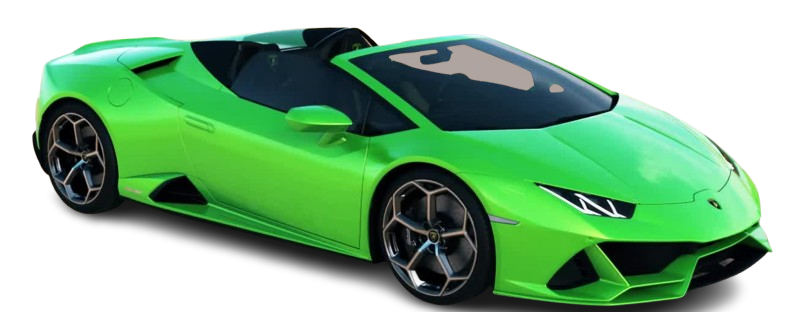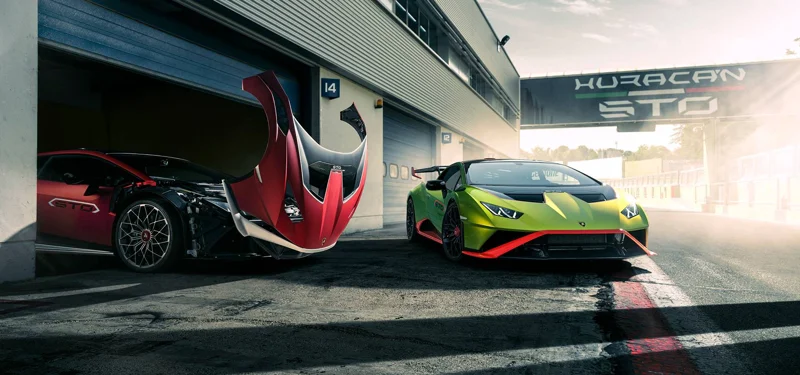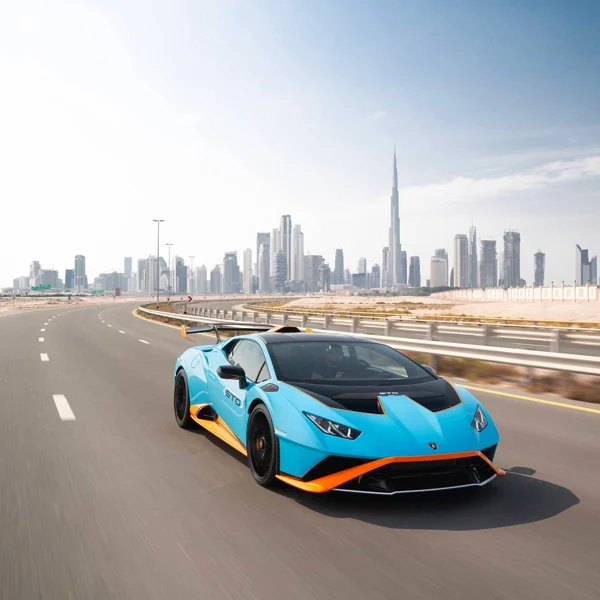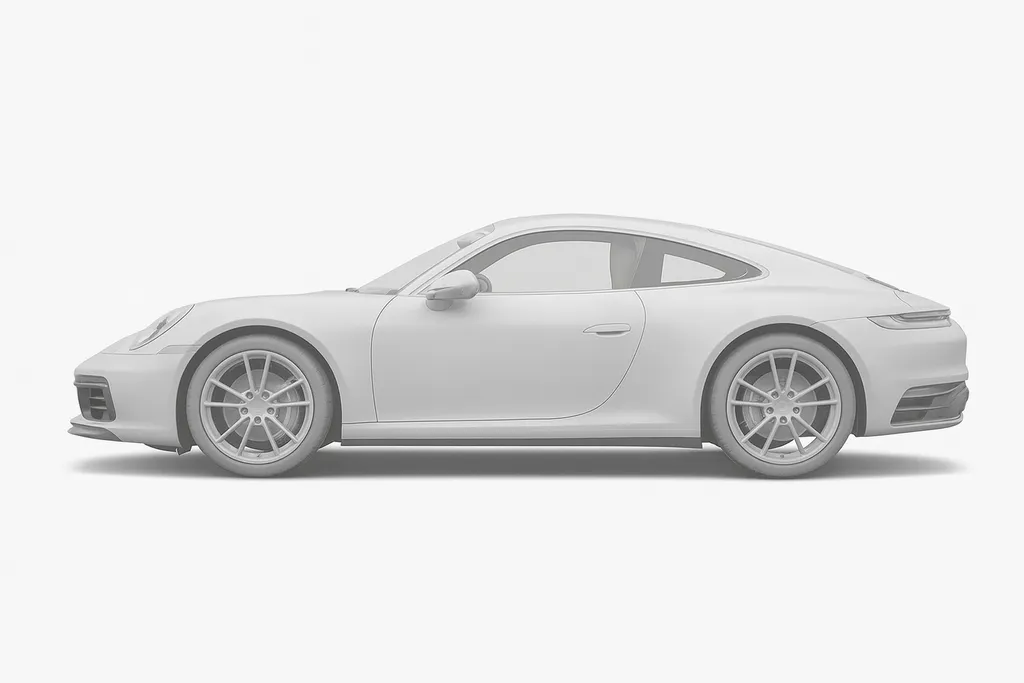Discover. Decide. Drive.
Explore at your pace, with expert recommendations if needed. Finalise and book your car at the best price.




Fuel type
Petrol
ARAI mileage
7 - 7 kmpl
Transmission
Automatic
Engine capacity
5204 cc
Seat capacity
2 seater
Available colours
35 colours











₹3.6 Cr - ₹5.6 Cr
On-road price in Delhi
We'll help you choose the perfect version for your needs.
Petrol
•5204 cc
•Automatic
•7 kmpl
₹3,63,42,190
We'll help you choose the perfect version for your needs.





10,000km or 1 year
20,000km or 2 years
30,000km or 3 years
40,000km or 4 years
50,000km or 5 years
Discover. Decide. Drive.
Explore at your pace, with expert recommendations if needed. Finalise and book your car at the best price.
Financing the right way
Access the best loan options with hassle-free, paperless financing.
Prepare to drive
Schedule delivery for your special day and track updates effortlessly.Schedule delivery for your special day and track updates effortlessly.